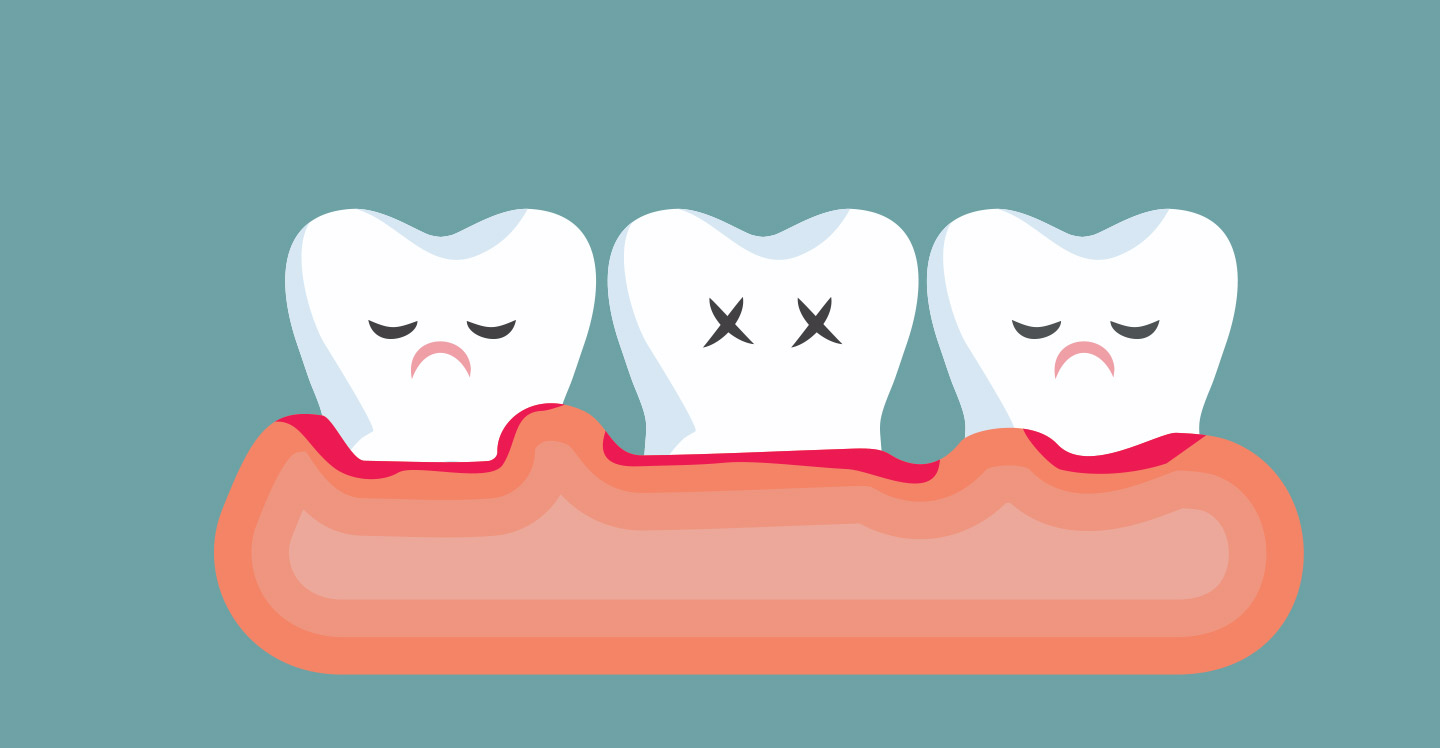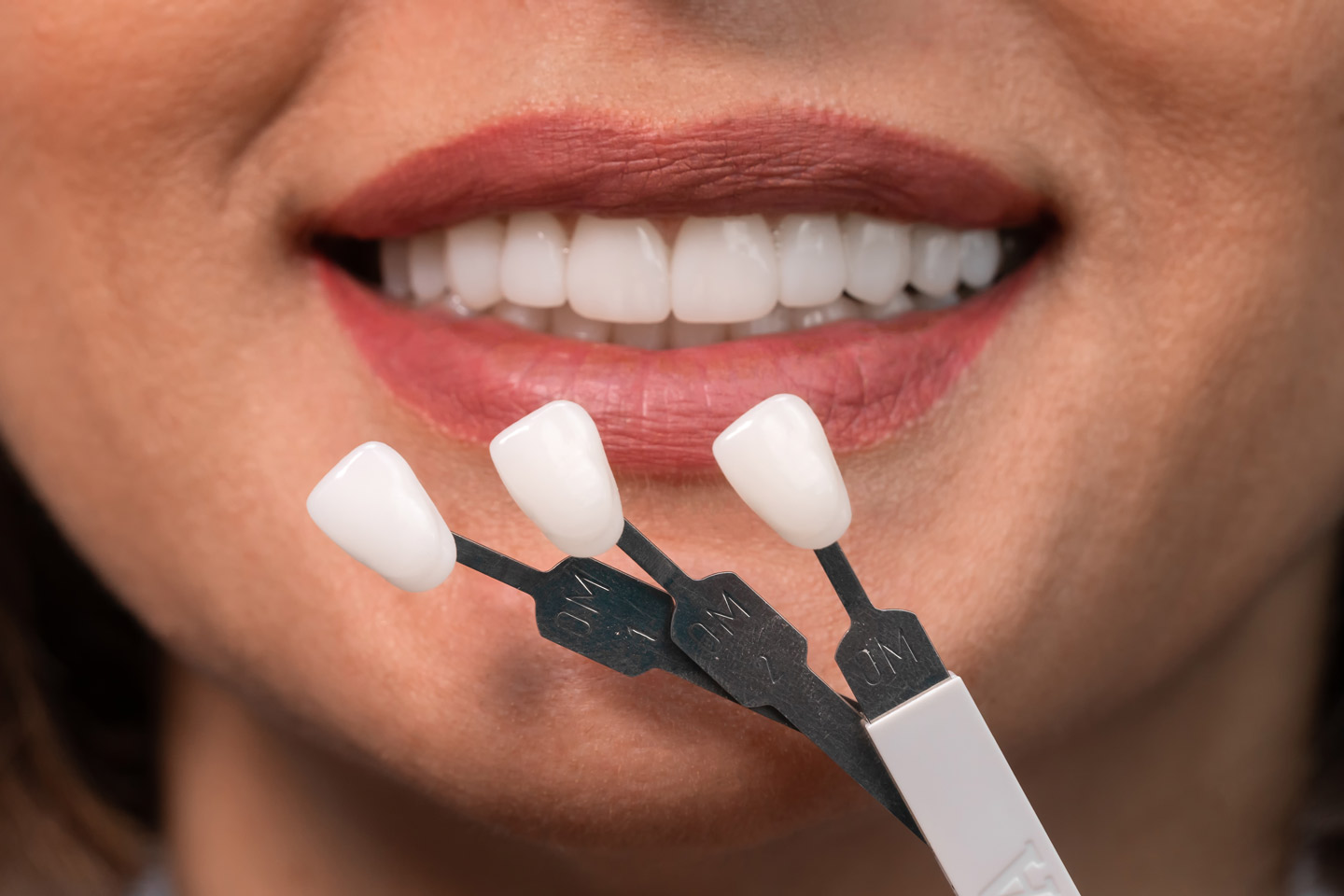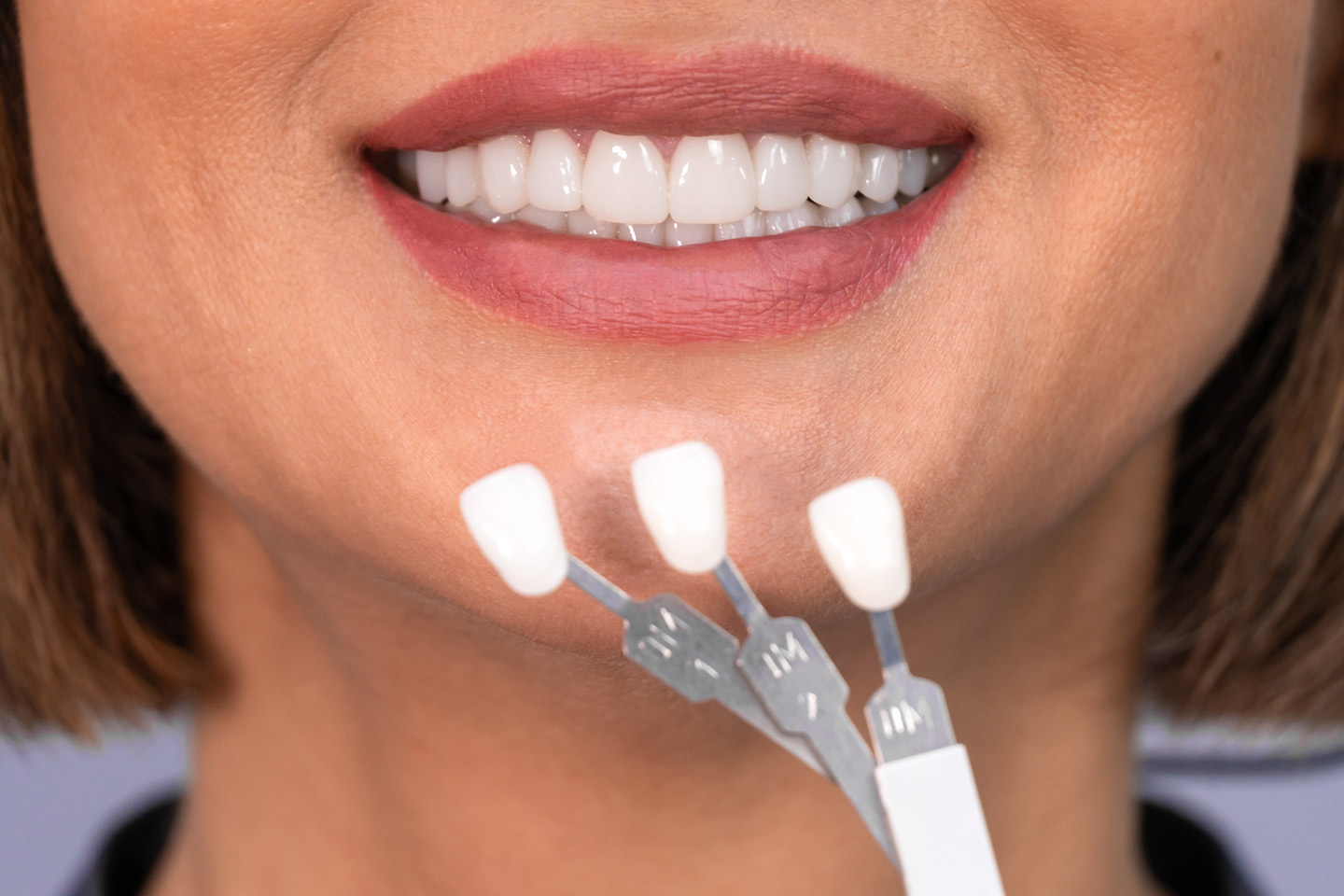Can You Get Veneers With Gum Disease

The quest for a perfect smile has led many individuals to explore various dental procedures, including veneers. Dental veneers are thin, customized shells made from porcelain or composite resin that are bonded to the front surface of teeth to improve their appearance.
They are a popular choice for enhancing the color, shape, and alignment of teeth, but what happens when an individual considering veneers also has gum disease? Can you get veneers with gum disease?
Understanding Gum Disease
Gum disease, also known as periodontal disease, is a common oral health condition that affects the tissues supporting the teeth. It usually begins with inflammation of the gums (gingivitis) caused by the accumulation of plaque and tartar on teeth.
If left untreated, gingivitis can progress to more severe stages of gum disease, including periodontitis. Periodontitis involves the destruction of the supporting structures of the teeth, such as the gum tissue and bone.
The presence of gum disease can lead to symptoms such as bleeding gums, bad breath, gum recession, and even tooth mobility. In advanced cases, tooth loss can occur.
The question of whether veneers can be applied to teeth affected by gum disease raises important considerations due to the potential impact on oral health and the success of the veneer procedure.
Veneers and Gum Disease: The Relationship
The relationship between veneers and gum disease is a complex one. While veneers primarily address the aesthetic aspect of teeth, their placement involves some preparation of the tooth’s surface.
This process may require the removal of a thin layer of enamel to ensure proper fit and bonding. When considering veneers for individuals with gum disease, several factors must be taken into account:
- Gum Health Assessment: Before any cosmetic procedure, it is essential to have a comprehensive assessment of gum health. A thorough examination by a dentist or periodontist will determine the extent of gum disease and whether it is under control.
- Stability of Teeth: The success of veneers depends on the stability of the teeth. If gum disease has led to significant bone loss and tooth mobility, veneers may not be a suitable option, as they require a stable foundation for proper bonding.
- Gum Recession: Gum disease often leads to gum recession, which exposes the tooth’s roots. Veneers are typically bonded to the enamel, so if the gum recession is significant, the adhesive bond between the veneer and the tooth may be compromised.
- Potential for Infection: Gum disease is often accompanied by bacterial infections. Placing veneers on teeth with an ongoing infection could lead to complications and compromise the outcome of the veneer procedure.
Can You Get Veneers with Gum Disease?
The answer to whether veneers can be applied when gum disease is present is not a straightforward one. It depends on the severity of the gum disease, the overall oral health of the individual, and the recommendations of the dentist or periodontist. In some cases, the following scenarios may arise:
- Mild Gingivitis: If gum disease is in its early stage of gingivitis and has not caused significant damage to the supporting structures of the teeth, veneers might be considered. However, treatment for gum disease will likely be recommended before proceeding with the veneer procedure.
- Controlled Periodontal Disease: If gum disease has been successfully treated and is under control, veneers might be an option. However, careful assessment is needed to ensure that the teeth are stable, and there is no active infection.
- Advanced Periodontitis: In cases of severe gum disease where there has been substantial bone loss and tooth mobility, veneers may not be the best choice. The focus should first be on addressing the gum disease and stabilizing the teeth before considering cosmetic procedures.
The Pros and Cons of Getting Veneers with Gum Disease
Pros:
- Aesthetic Enhancement: Veneers can significantly improve the appearance of teeth that have been affected by gum disease. They can cover discoloration, fill gaps, and restore the shape of teeth, contributing to an improved smile.
- Boost in Confidence: Individuals who have experienced the aesthetic consequences of gum disease, such as gum recession and tooth discoloration, may regain their confidence through veneer placement.
- Minimized Sensitivity: Veneers can sometimes reduce tooth sensitivity by covering exposed tooth surfaces resulting from gum recession.
Cons:
- Risk of Complications: Placing veneers on teeth affected by gum disease carries the risk of complications. The adhesive bond might not hold as effectively on compromised tooth surfaces, leading to premature failure of the veneers.
- Infection and Irritation: If gum disease is present during the veneer procedure, there is a risk of introducing bacteria beneath the veneers, leading to infection and potential gum irritation.
- Long-Term Viability: Veneers require a healthy foundation for long-term success. If gum disease is not properly managed, it could impact the longevity of the veneers.
- Financial Investment: Veneers are a significant investment. Placing veneers on teeth with ongoing gum disease could result in a poor return on investment if complications arise.
FAQs
Can I get veneers if I have gum disease?
While it is possible to get veneers with gum disease, the severity of your gum disease plays a significant role. Mild cases of gingivitis may allow for veneer placement after gum health is restored. However, advanced periodontal disease could impact the success of the procedure.
Will veneers worsen my gum disease?
Placing veneers on teeth affected by active gum disease could introduce bacteria and lead to infection. It’s essential to treat and manage gum disease before considering veneers to minimize this risk.
Can veneers cover gum recession caused by gum disease?
Veneers are designed to cover the front surface of teeth, not gums. If gum recession is a concern, addressing the underlying gum disease is crucial. Veneers might help with improving the appearance of teeth, but they won’t directly address gum recession.
What if I’ve had gum disease but it’s now under control?
If your gum disease is under control and your teeth are stable, veneers could be considered. However, a thorough evaluation by a dentist or periodontist is necessary to determine whether your oral health is suitable for veneers.
Are there risks of complications if I get veneers with gum disease?
Yes, there are risks. Placing veneers on teeth with compromised gum health could lead to poor bonding, infection, and premature veneer failure. Adequate treatment of gum disease is essential to mitigate these risks.
How can I know if my gum disease is mild or advanced?
A dentist or periodontist can assess the severity of your gum disease through a comprehensive examination. X-rays and other diagnostic tools can help determine the extent of gum and bone involvement.
Should I prioritize treating gum disease over getting veneers?
Yes, oral health should always take precedence. Treating gum disease and ensuring the stability of your teeth is critical. Once your gum health is restored, you can discuss cosmetic options like veneers with your dentist.
Conclusion
The decision to pursue veneers when dealing with gum disease requires a careful balance between achieving an aesthetically pleasing smile and maintaining optimal oral health. While veneers can offer transformative results, it’s imperative to prioritize the treatment and management of gum disease before considering cosmetic procedures. The collaboration between individuals, dentists, and periodontists is essential in making informed choices that ensure the longevity of both the veneers and the overall health of the oral environment.
By addressing gum disease first and then exploring veneer options, individuals can achieve the smile they desire while safeguarding their oral well-being.




